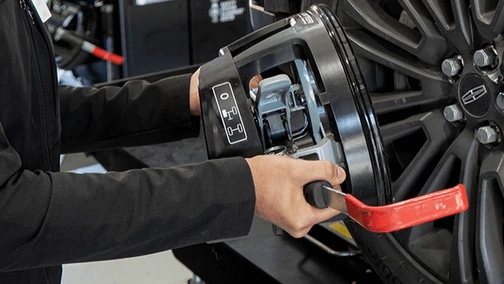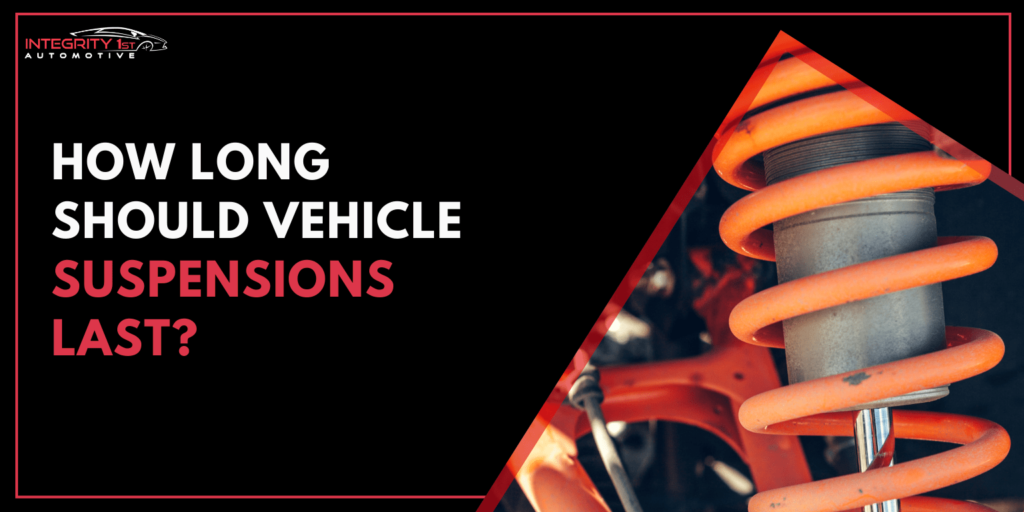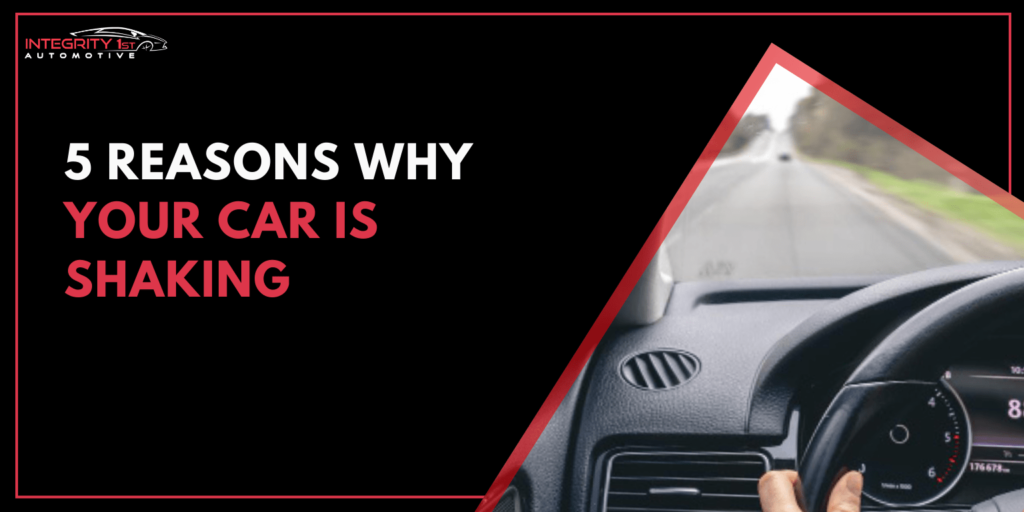A minor misalignment, if left unresolved, can easily lead to costly repair bills. We dive into what a wheel alignment is, why they are important, and signs to identify if your car is misaligned.

WHAT IS A WHEEL ALIGNMENT?
WHAT CAUSES MISALIGNMENT
As you drive across our Texan roads, all those small bumps, cracks, and debris slowly cause your tire angles to change. In cases where you go over large potholes, objects, or get into an accident – your suspension can get out of alignment among other possible damages to your vehicle’s components.
THERE ARE 3 TYPES OF WHEEL ALIGNMENTS
An ASE-Certified technician will know the ideal alignment required for your vehicle year, make, and model!

TWO WHEEL ALIGNMENTS
Also referred to as “front-end” alignments. These alignments are only performed on the two front wheels. This is because for many vehicles, the rear portion of the suspension is not designed for adjustments.

Four WHEEL ALIGNMENTS

THRUST ALIGNMENTS
Thrust alignments may occur in conjunction with a two-wheel alignment. These occur in cases where technicians ensure the front wheels align with the back wheels.
DOES MY CAR NEED A WHEEL ALIGNMENT? HERE ARE 4 SIGNS TO LOOK FOR!
Although an actual inspection is needed to confirm if your vehicle is misaligned, there are four tell-tale signs that let you know your wheels are likely misaligned!
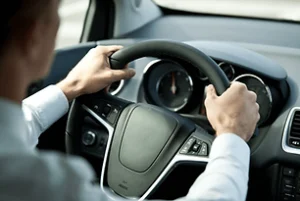
1. Your Car Pulls To The Left Or Right
One of the easiest signs to identify is when your car pulls to a particular side when driving. It’s normal for slight pulling to the left or right, however if you find you have to constantly steer to keep straight – you’ve likely got an alignment problem.
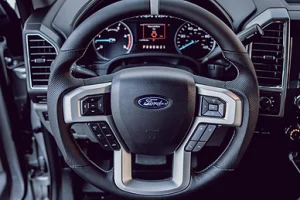
2. Your Steering Wheel Is Off Center
A crooked steering wheel is often a sign of a misaligned vehicle. Your steering wheel was designed to be dead center. When you drive down a straight road, check to see where your steering wheel is aligned. An easy way to identify this is to check if the logo in the middle is centered.

3. Car Or Steering Wheel Shaking
When you’re accelerating, your vehicle or steering wheel should not be vibrating to the point you feel it in your hands. When your vehicle shakes when driving, it may indicate several issues, one of them being wheel misalignment. An ASE-Certified technician would need to diagnose the issue to validate if the cause is misalignment or a separate concern.

4. Abnormally Quick Tire Wear
Tire wear is a great indicator of vehicle issues. Tire wear should be evenly spread on the inside and outside. Using your own eyes, or a trained mechanic, you can quickly identify abnormal tire wear. Similar to car shaking, abnormal tire wear can indicate different issues, one of them being wheel misalignment.
HOW ARE WHEEL ALIGNMENTS PERFORMED?

An ASE-Certified technician performs a free wheel alignment diagnostic which is often paired with a visual inspection of the suspension and steering systems, tire wear and a test drive. Top shops use laser-precise equipment such as the HawkEye Elite™ system for the fastest and most precise alignments that are void of metal-to-metal contact and rim damage!
These systems use laser technology and cameras to detect any affected wheel alignment angles. The measurements are then compared with the ideal recommendations from your vehicle manufacturer. Once approved by you, the technician can realign your wheels back to top form.

